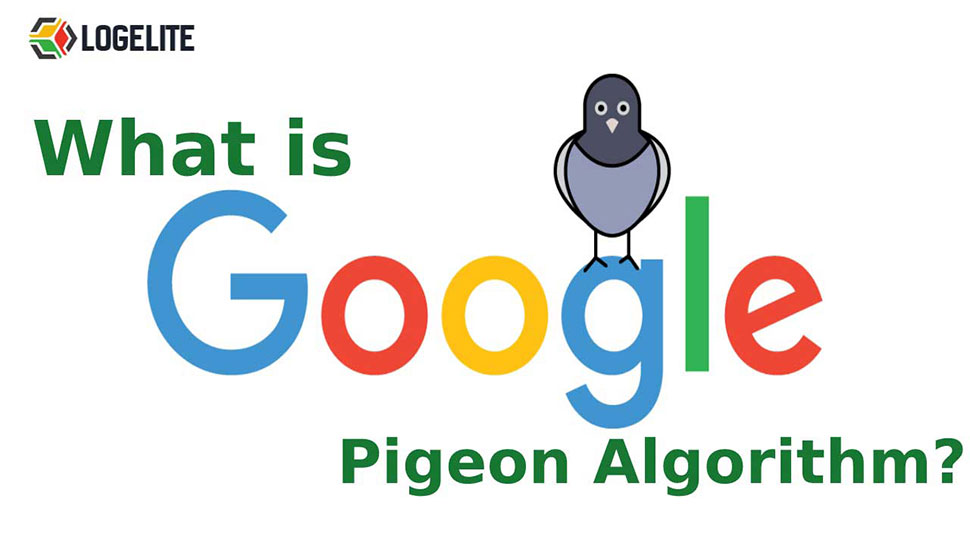Google Pigeon’s release leads to one of the greatest shakeups of Google’s local and local organic results to date. Industry experts described it as the most extensive local algorithm event since the 2012 Venice Update.
The Pigeon first came into existence in the US but later rolled out in UK, Canada, and Australia on December 22, 2014.
Search Engine Land is a publication that received an intelligence report from Google about the intent of Pigeon, gave its moniker to this update.
The primary function of Pigeon is to tie Google’s local search algorithm to their web algorithm, which will lead to improving ranking parameters based on distance and location.
Following the Pigeon rollout, the SEO community reported daily changes to local and local organic rankings for weeks, including the widespread replacement of the older 7- pack style of local results with packs featuring just three listings.
Pigeon’s Trademarks
It will look at the changes that took place as part of the Pigeon Update.
- Google’s purpose for the Pigeon Update was to connect their local algorithm more deeply with their traditional web algorithm to take advantage of the ranking signals that go into the web algorithm. New ties to the web algorithm further emphasized local businesses’ need to have a robust organic Web presence to compete for local rankings.
- Pigeon slated improvement to Google’s ability to calculate a local businesses’ distance and location. In many cases, the search radius’s narrowness favored the company houses closest to the searcher’s physical location.
Due to ranking fluctuations rampant for weeks following the update, the full extent of Pigeon’s impact on the local packs were quite challenging to document.
Many businesses suddenly found themselves outside of the packs they were previously ranking because of the redrawn map boundaries. Several years later, Google has become remarkably expert at diving metrics like the distance between a searcher and a business in which Pigeon played its primary role.
- The loss of 7- pack local results is one of the most notable outcomes of Pigeon. With time, Google has steadily decreased the number of local business listings it displays in its local results pack. Initially, it was ten listings, and in 2015 it switched to just three listings per pack in nearly all cases. Pigeon rolled out one year before the mass switch to 3-packs and may seem like a step toward fully adopting these downsized packs. The reduction of pack size leads to many businesses struggling due to a lack of local visibility.
- The arrival of Google Pigeon results in a temporary increase of spam listings making their way into the packs and emphasizing the local algorithm’s critical weaknesses as well as the need for the public to report violations of Google’s guidelines voluntarily. Google’s ongoing inability to differentiate between legitimate business names and ones that it meant to be edit to contain exact match keywords is one of the frustrating aspects of Pigeon. Pushing guideline- compliant businesses out of the packs, local packs featuring spammy business names proliferated.
Pigeon- proofing your web presence.
Pigeon redefined Google’s stance on relevance by representing a challenge to local business owners rather than chiefly penalizing bad practices. It took account of some factors over which businesses have little or no control.
If a business cannot control the radius Google draws around a searcher’s point to yield local pack results, no matter how good or efficient their service is, they may never get in the focus. The business can’t manage aspects like this but addressing other factors for success in a post-Pigeon landscape.
Emphasis on traditional, organic sales through intelligent link building, publishing unique website content, and growing Domain authority. Focus on hyperlocal content by creating text, video, and image content that associates your business with a specific neighborhood or local region as a resource for a narrowed search radius.
For an essential local SEO checklist, you need to improve your citations’ accuracy and breadth, remove duplicate listings, gain favorable review, and many more fundamental tasks. A large brand should pay more attention to these foundational tasks; you hold them back in the local rankings for hundreds of thousands of locations if you overlook proper execution.
You can lend a hand through spam reporting when Google fails to police its local results. Before taking steps to level the playing field for all local businesses by reporting any violation, you encounter to be sure about Google’s guidelines to the letter. Google may not always act according to your reports, but you should try, especially if a spammer’s demotion leads to free up of a higher spot for your business. Keep in mind that never report a business just because a Competitor owns it. Only report when you find that the listings are violating Google’s guidelines.

Comment
Write a Reply or Comment